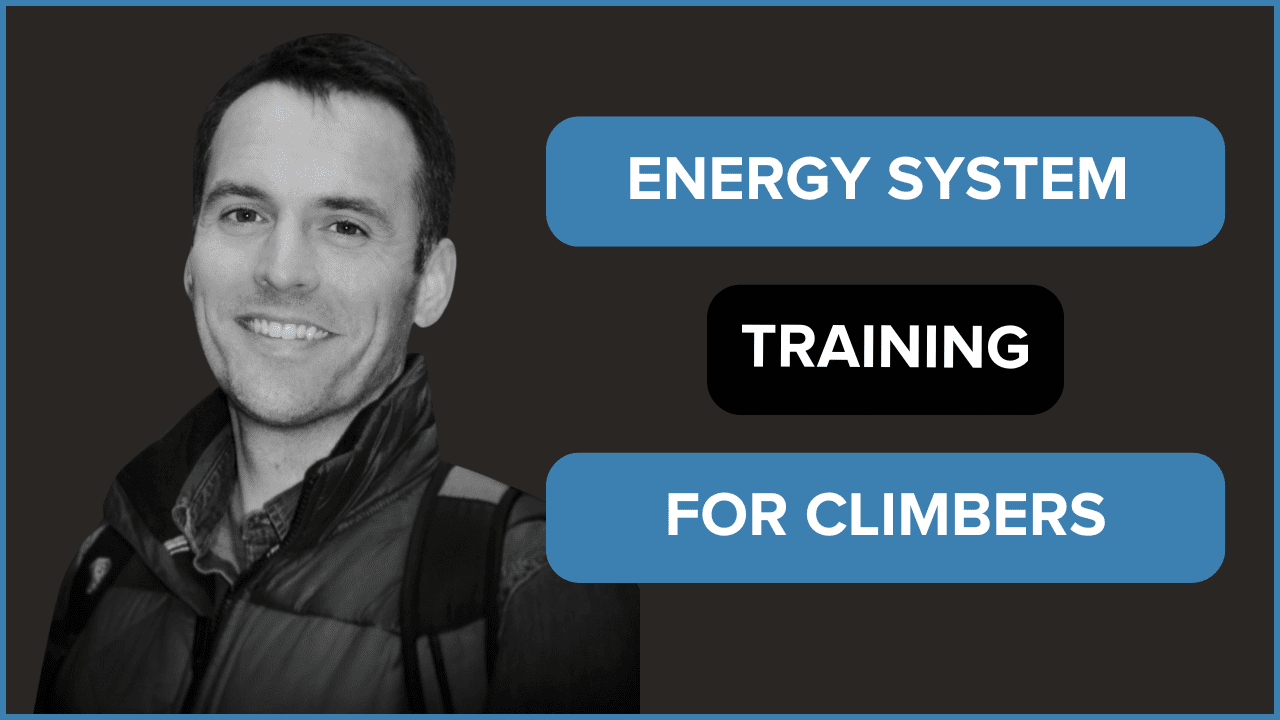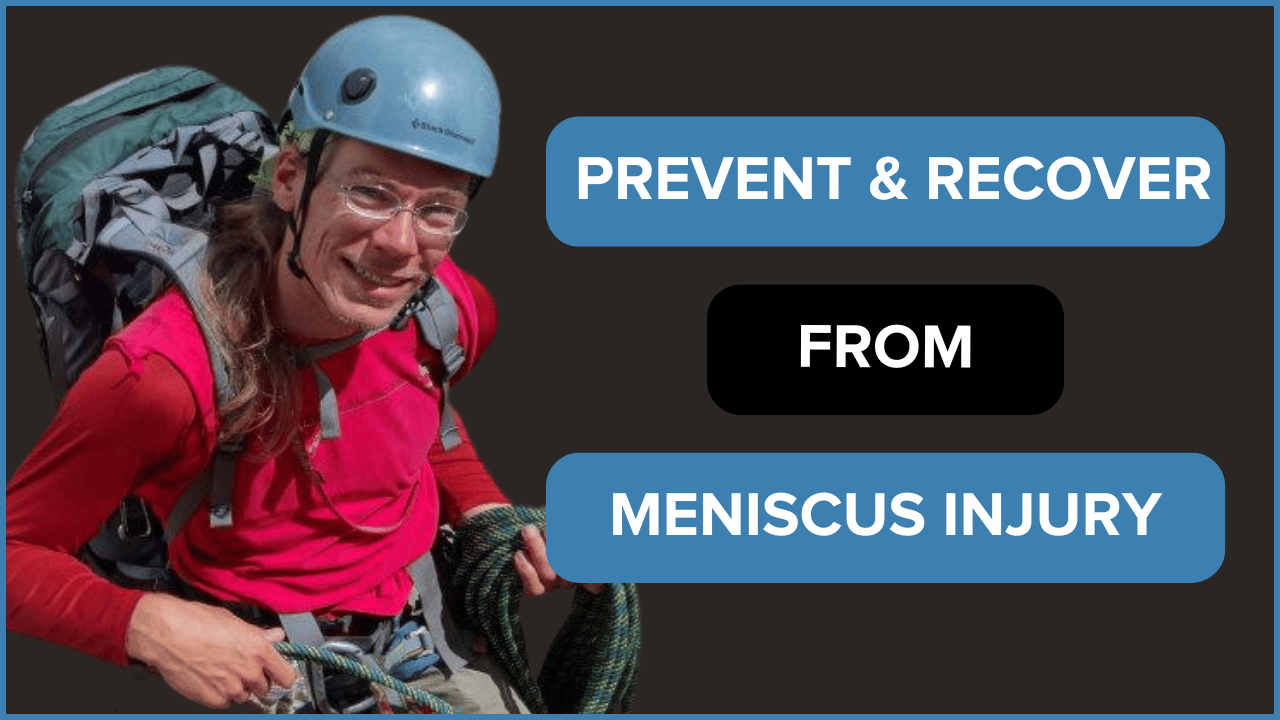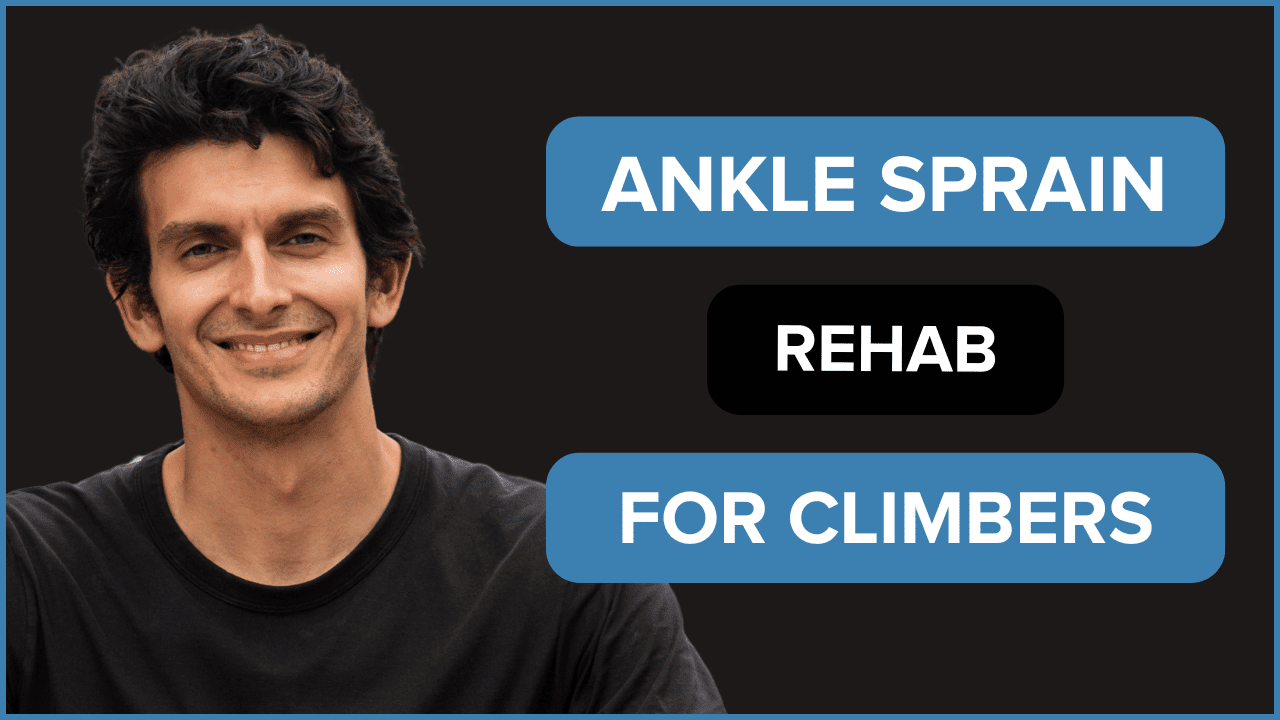S2, E5: Climb On after a Concussion – Stacey Castaldo
In this conversation, Stacey Castaldo, a doctor of physical therapy, shares her personal experience with concussion and discusses the signs, symptoms, and rehabilitation of concussions in rock climbing. She emphasizes the importance of seeking medical attention and getting screened after a head injury. Stacey also highlights the structured return to climbing protocol and the role of physical therapy exercises in concussion recovery. The key takeaways include wearing a helmet, resting for no more than 48 hours, and seeking professional guidance for rehabilitation.
Stacey Castaldo’s Bio
Stacey received her doctorate in physical therapy from California State University in Long Beach. Originally from Palos Verdes, she is a Southern California native and a lifetime athlete. A former competitive gymnast, varsity long distance runner, and avid snowboarder; she found rock climbing 4 years ago and has fallen in love with the sport. She was a member of the Climbing Special Interest Group while in PT school, where she gained valuable experience in learning to treat climbing specific injuries and wrote an article on returning to climbing after concussion after sustaining a concussion herself and struggling to get back on the wall. She currently works in the Orthopedic and Sports setting and has also worked as a Strength and Conditioning coach, and uses her fitness background to help athletes of all ages and levels stay active and doing what they love.
Takeaways
- Wear a helmet while climbing to reduce the risk of head injuries.
- Seek medical attention and get screened after a head injury to rule out serious complications.
- Rest for no more than 48 hours after a concussion, as prolonged rest may slow down recovery.
- Follow a structured return to climbing protocol, gradually increasing intensity and monitoring symptoms.
- Engage in aerobic exercise as part of concussion recovery, as it has been shown to be beneficial.
- Consult with a physical therapist for guidance and exercises to aid in concussion rehabilitation.
Listen on Apple Podcasts, Spotify, or wherever you listen to podcasts!
Timecodes
- 00:00 Introduction and Background
- 01:14 Stacey’s Personal Experience with Concussion
- 03:00 Signs and Symptoms of Concussion
- 08:00 Seeking Medical Attention and Diagnosis
- 11:00 Rehabilitation and Return to Climbing
- 24:00 Structured Return to Climbing Protocol
- 32:00 Physical Therapy Exercises for Concussion Recovery
- 38:00 Key Takeaways and Recommendations
If you would like to listen to the entire interview with Stacey Castaldo, check out the podcast. If you want to watch the interview, click the YouTube link or any of the timestamps above. If you would like to read quick sample of the interview, check out the excerpt from the interview below.
Stacey, can you describe yourself for those who don’t know you?
Yeah, I’m a SoCal native. I finished PT school last year. We’re talking about my article on concussion because I was concussed while climbing.
Yeah, this comes from personal experience, right?
Yeah, I didn’t have concussion on my radar for physical therapy until after my experience.
It’s interesting how this plays into climbing because concussions do happen. We’ll talk about the signs, symptoms, rehabilitation aspects. Let’s start with what happened with you.
I started climbing a new route. It was the second bolt. I turned into the wall and went straight up. The next thing I knew, I hit my head hard on a bolt.
Were you wearing a helmet? What’d you hit it on? Was it on the rock?
It was inside! I wear one outside though.It took a second to realize I hit my head and there’s always that stunned feeling. My hand was bloody. I decided to come down. I was bleeding form my head.
Alright, so then you’re like, alright, maybe I can’t climb now because my hand is wet. So I should probably lower down.
Yeah, we stopped climbing after that. I had to go to urgent care and get some staples.
Did they do a CT scan or anything to rule out a bleed in the brain?
They wanted to send me to the ER but I declined. I thought I just needed my head sewn up.
Yeah, so they wanted to rule out a subdural hematoma, right?
Probably. But I felt fine until the next afternoon when noise intolerance hit.
Did you go home or to the emergency room to get checked out?
I went home.
Alright, so what signs did you experience?
Noise intolerance, trouble sleeping, mental fogginess, and emotional disturbances.
What should someone do if they hit their head?
Go get screened, maybe to urgent care. If symptoms develop later, see a primary care doctor or sports medicine specialist. And then go to physical therapy.
How did your first physical therapy session go?
It went well. I was pretty far in at that point. We talked about my symptoms and began treatment.
About three weeks into your concussion recovery, what were the main challenges you faced when trying to return to climbing, yoga, and strength training? And what did you do about it?
The main challenge was avoiding feeling nauseous and getting a headache after these activities. Interestingly, during the workouts, I felt fine, which made it hard to gauge my intensity. We focused a lot on vestibulo-ocular reflex testing, which revealed subtle issues that weren’t initially detected at the Student Health Center. The vestibulo-ocular reflex (VOR) involves neural connections between the inner ear’s vestibular system and the eye muscles. It helps maintain balance and sense orientation in relation to gravity.
Could you describe some of the tests where you struggled?
One test we did was the Dix-Hawke Pike for BPPV, which checks for dislodged crystals in the inner ear. However, my issues were more subtle, so we had to progress to higher-level VOR testing and exercises.
What symptoms or visual occurrences were you experiencing during these tests?
I experienced dizziness and nausea, along with erratic eye movements that indicated issues with my vestibulo-ocular reflex.
Moving forward, what is the process for returning to climbing after a concussion, and is there a standardized approach?
Yes, there’s a structured protocol, like the one from the Climbing Escalada Concussion Protocol, which outlines a gradual return to climbing. It involves steps like starting with top roping on vertical terrain and gradually increasing intensity while monitoring symptoms. The protocol involves six milestone-based steps, including physical preparation, non-climbing movements, sport-specific activities, and gradually returning to climbing intensity while assessing symptom response.
In addition to climbing-specific rehabilitation, what other exercises or treatments might someone expect during physical therapy for a concussion?
Physical therapy might include neck stabilization exercises, manual therapy for neck tension, and joint mobilization. These aim to address common symptoms like neck pain and tension headaches. One example is chin tucks while lying on your back to activate deep neck flexors. Another involves using resistance bands in various directions to challenge neck stability, progressing from lying down to quadruped positions.
What are your key takeaways for climbers regarding concussion prevention and management?
Firstly, wearing a helmet is essential, even indoors. Secondly, seek medical evaluation promptly after hitting your head, as symptoms may not appear immediately. Additionally, focus on neck stability exercises as a preventive measure, and if you experience symptoms, prioritize aerobic exercise and consider working with a physical therapist to guide your recovery process.
- Disclaimer – The content here is designed for information & education purposes only and the content is not intended for medical advice.




